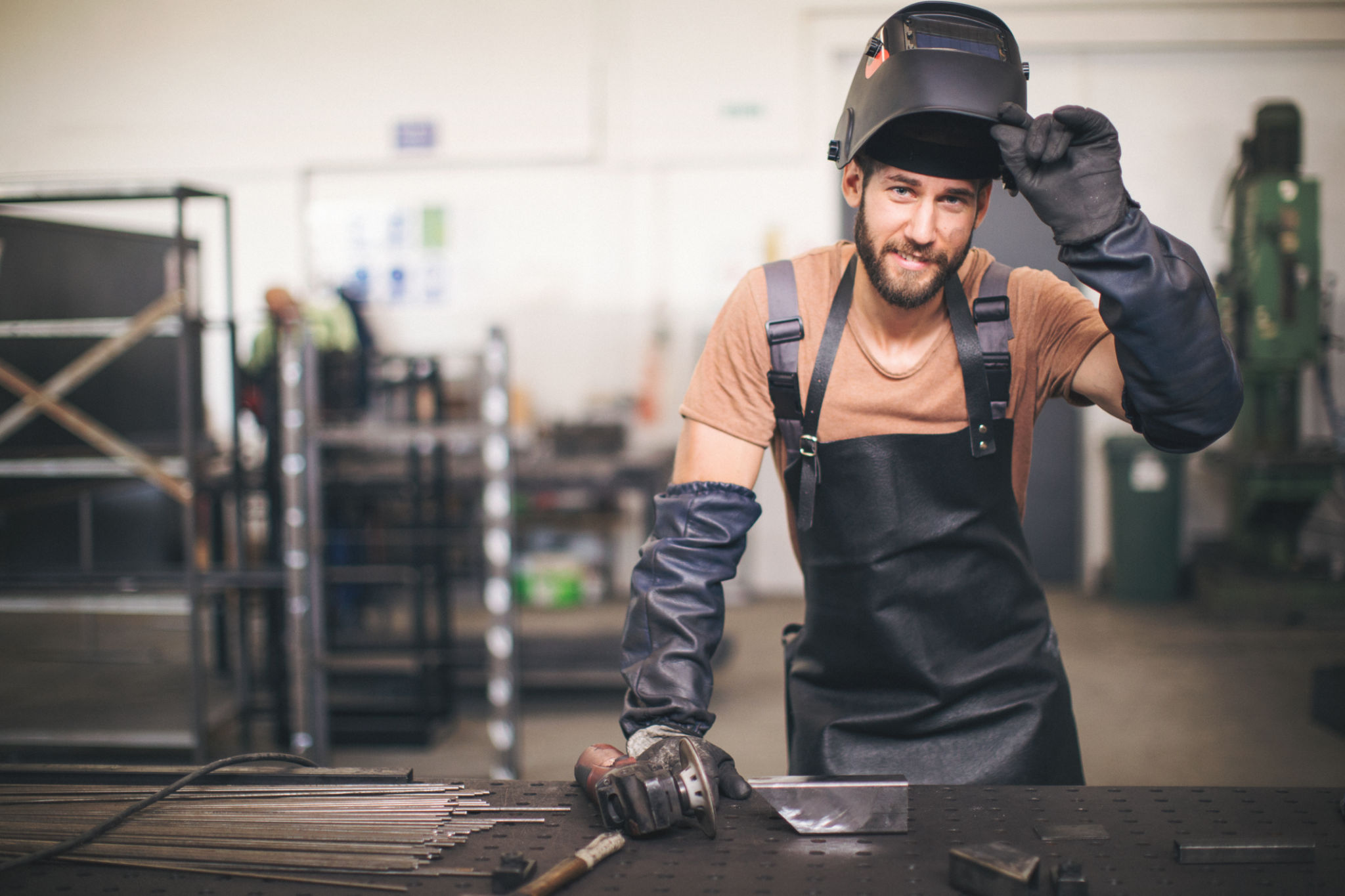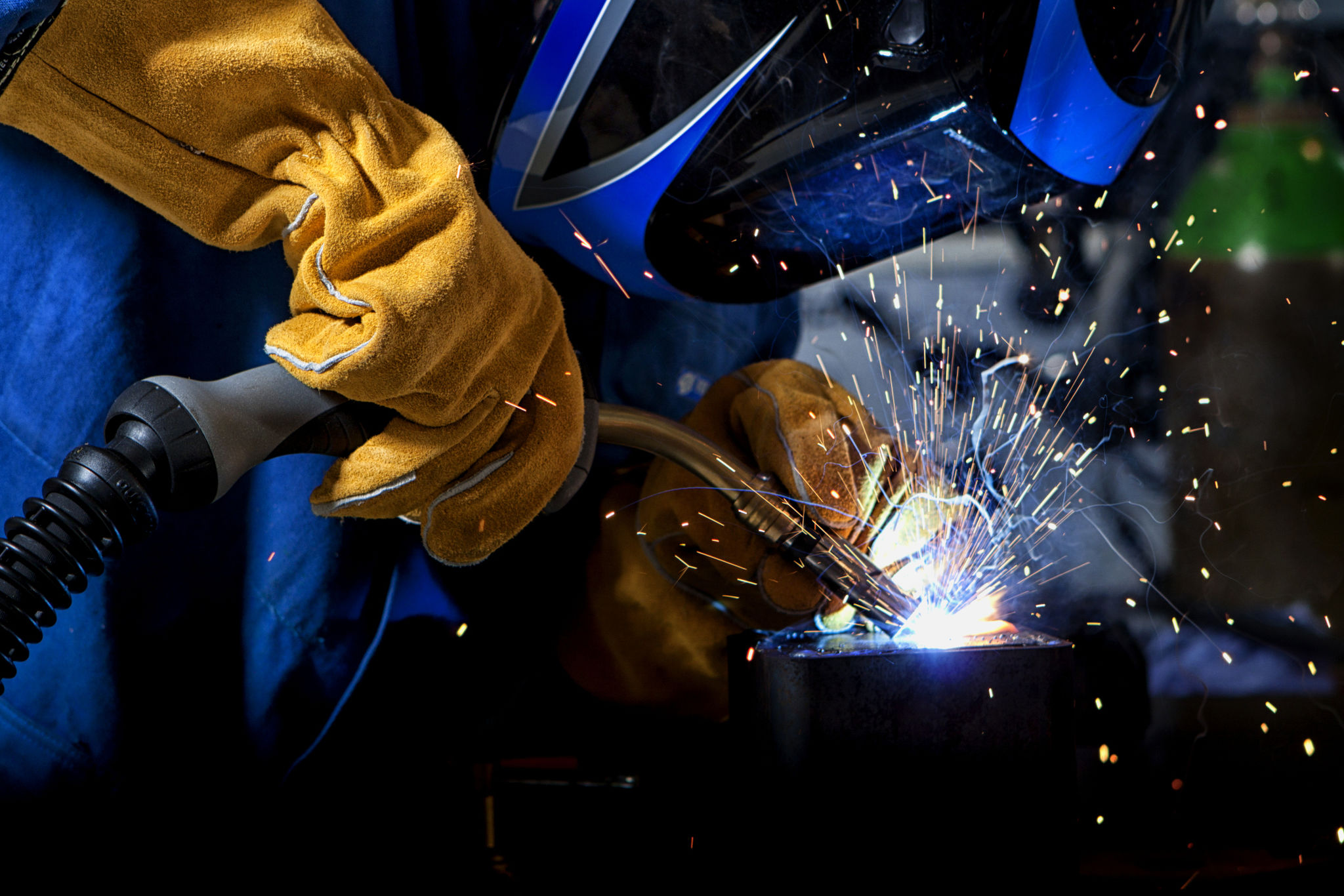DIY Welding: When to Call in the Professionals for Home Projects
Understanding DIY Welding
Welding can be a rewarding skill, especially for those who enjoy taking on various home improvement projects. Whether you’re building a custom piece of furniture or repairing a gate, welding allows for creativity and self-sufficiency. However, it’s essential to recognize when a DIY approach is suitable and when calling in a professional is the smarter and safer choice.
Before diving into any welding project, consider your skill level, the complexity of the task, and the potential risks involved. While some projects may be manageable for a beginner, others might pose significant challenges that could lead to injury or costly mistakes.

Projects Suitable for DIY Welding
If you’re a novice welder, starting with simple projects can help build your skills and confidence. Here are some projects that might be suitable for DIY welding:
- Small repairs: Fixing minor cracks or breaks in metal garden tools or household items.
- Custom metal art: Creating decorative pieces or sculptures for your home or garden.
- Simple furniture: Building basic tables, shelves, or frames using metal components.
Tackling these projects can be a great way to practice welding techniques without the pressure of high stakes.
Knowing When to Call in the Professionals
While DIY welding can be fun and fulfilling, not all projects are suitable for amateurs. Here are some situations where hiring a professional welder is advisable:
- Structural work: Projects that involve load-bearing structures like staircases or railings should always be left to experienced welders to ensure safety and compliance with building codes.
- Complex repairs: Fixing critical components of vehicles or machinery requires expertise and precision.
- Specialized materials: Welding certain metals like aluminum or titanium often requires advanced skills and equipment.

The Risks of DIY Welding
Welding, while rewarding, poses several risks, especially for those who lack experience. Common hazards include exposure to harmful fumes, burns from hot metal, and eye damage from bright arcs. Proper safety gear such as gloves, helmets, and protective clothing is essential to minimize these risks.
Moreover, improper welding can lead to weak joints that may fail under stress, potentially causing significant damage or injury. Therefore, assessing whether you have the necessary skills and tools before starting a project is crucial.

Investing in Training and Equipment
If you’re serious about pursuing DIY welding, investing in proper training and equipment is vital. Many community colleges and technical schools offer courses that teach essential techniques and safety practices. Additionally, purchasing high-quality welding equipment can improve your results and make the process more enjoyable.
For those who prefer learning online, numerous tutorials and courses are available to guide you through the basics and help you expand your skill set.
Final Thoughts
DIY welding can be an immensely satisfying hobby that opens up a world of creative possibilities. However, it's essential to know your limits and recognize when a project requires professional expertise. By balancing ambition with caution, you can enjoy the art of welding while ensuring the safety and integrity of your work.
Whether you're repairing a garden gate or dreaming up your next big project, knowing when to seek help can make all the difference in achieving successful results.
